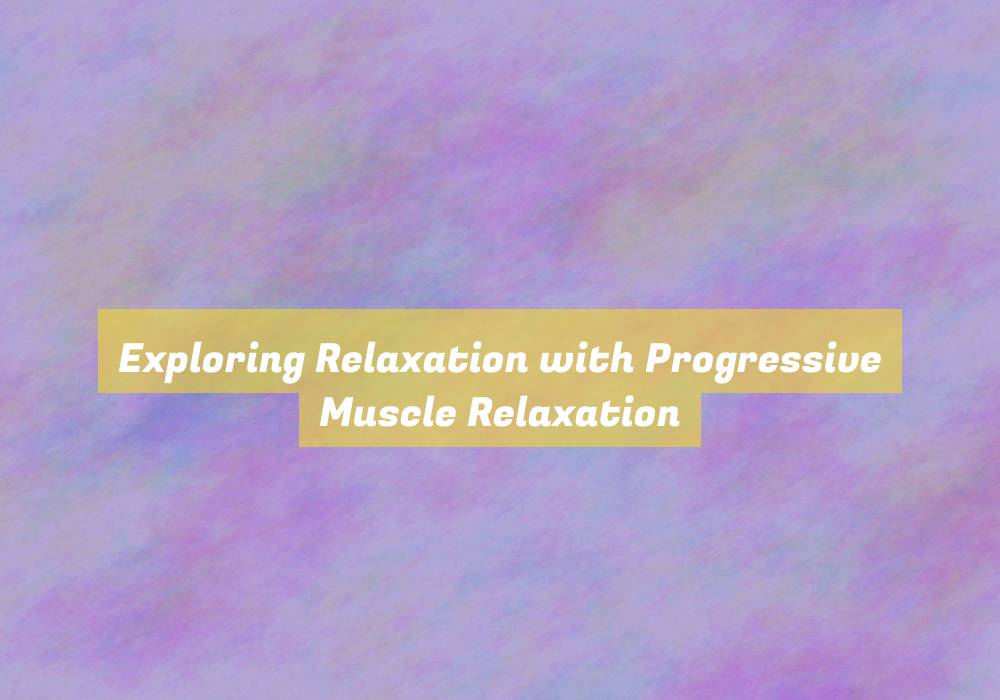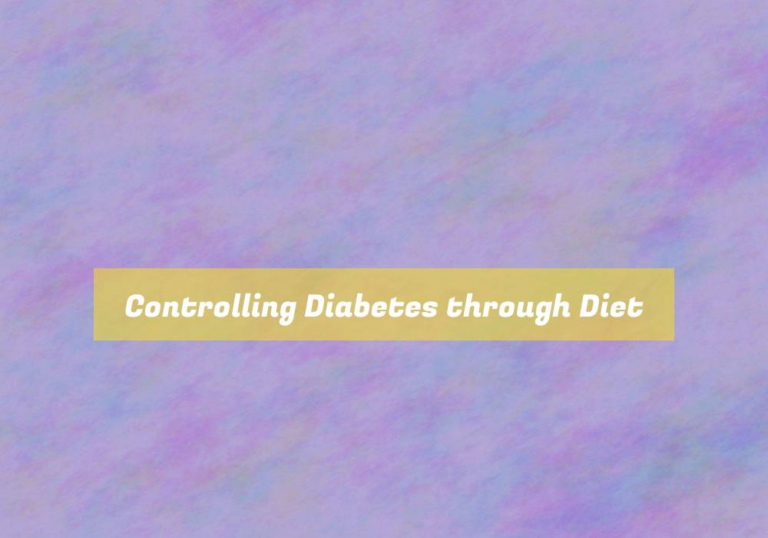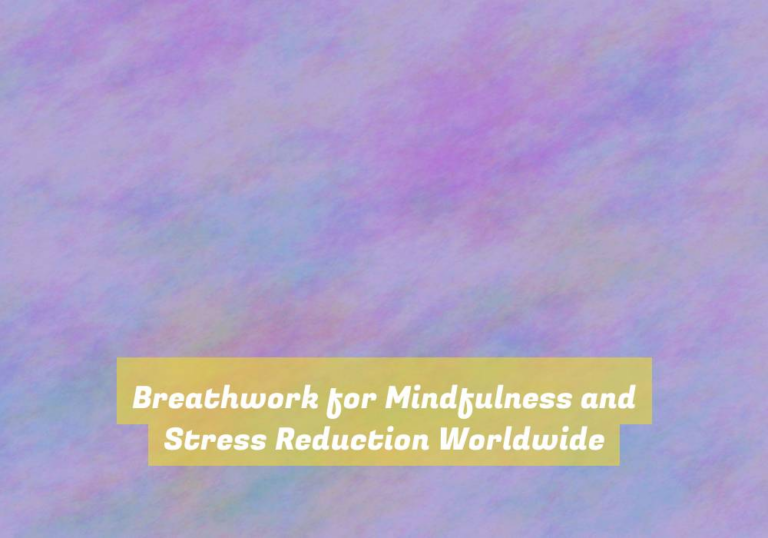Exploring Relaxation with Progressive Muscle Relaxation
Have you ever experienced the feeling of tension melting away as you intentionally relax your muscles one by one? Progressive Muscle Relaxation (PMR) offers a structured and effective technique for achieving deep relaxation.
As you explore the potential of PMR, youG??ll discover its scientific basis, step-by-step instructions, and the numerous benefits it can bring to your daily life.
But what makes this relaxation method so powerful, and how can it be incorporated into your routine for maximum impact?
The Science Behind Progressive Muscle Relaxation
Understanding how progressive muscle relaxation works can provide insight into its effectiveness as a stress-reduction technique.
When you engage in progressive muscle relaxation, you systematically tense and then relax different muscle groups in your body. This process helps you become more aware of the physical sensations associated with tension and relaxation. By intentionally tensing and releasing specific muscle groups, you can learn to recognize when your muscles are holding onto stress and then release that tension. This practice can be particularly effective for individuals who carry a lot of physical tension in their bodies due to stress or anxiety.
As you tense and release each muscle group, you arenG??t only reducing the physical tension in your body, but youG??re also sending signals to your brain that itG??s okay to relax. This process can trigger the bodyG??s relaxation response, leading to a decrease in stress hormones and an increase in feelings of calm and well-being.
Through regular practice, progressive muscle relaxation can help retrain your body and mind to respond to stress in a more relaxed and controlled manner.
Step-by-Step Guide to Performing PMR
Engaging in progressive muscle relaxation involves systematically tensing and then relaxing different muscle groups in your body, allowing you to become more aware of the physical sensations associated with tension and relaxation.
To start, find a quiet and comfortable place to sit or lie down. Take a few deep breaths to center yourself and focus your attention on the present moment.
Begin with your feet. Curl your toes tightly for about 5 seconds, then release and relax for 30 seconds. Move on to your calf muscles, tensing them by pointing your toes upward, then releasing. Continue this pattern moving upward through your body, including your thighs, abdomen, chest, arms, and neck.
As you tense each muscle group, pay attention to the sensations of tension, and as you release, notice the feelings of relaxation. Remember to breathe deeply and regularly throughout the process.
Once you have gone through all the muscle groups, take a moment to enjoy the sense of calm and relaxation that comes from this practice.
With regular practice, progressive muscle relaxation can become a valuable tool for managing stress and promoting overall well-being.
Benefits of Progressive Muscle Relaxation
Progressive Muscle Relaxation offers numerous benefits for both your physical and mental well-being. By systematically tensing and then relaxing different muscle groups, you can release physical tension and stress from your body. This can lead to reduced muscle pain and headaches, improved sleep quality, and a strengthened immune system. Additionally, PMR can help alleviate symptoms of anxiety and depression, as it promotes a sense of calm and relaxation. By practicing PMR regularly, you may also notice an increase in your overall sense of well-being and emotional resilience.
Moreover, Progressive Muscle Relaxation can enhance your self-awareness and mindfulness. As you become more attuned to the physical sensations in your body, you may find it easier to recognize and manage stress and tension in your daily life. This increased awareness can also help you identify and address any physical discomfort or tension that you may have been neglecting.
Incorporating PMR Into Your Daily Routine
As you incorporate Progressive Muscle Relaxation into your daily routine, you can build on the increased self-awareness and mindfulness gained from the practice to effectively manage stress and tension in your everyday life.
Start by setting aside dedicated time each day for PMR. This could be in the morning to prepare for the day ahead, during a lunch break to re-center, or in the evening to unwind. Consistency is key to reaping the full benefits of PMR, so aim to make it a regular part of your schedule.
Integrating PMR into your daily routine can be as simple as finding a quiet space, sitting or lying down, and systematically tensing and relaxing each muscle group. You can also incorporate deep breathing and visualization techniques to enhance the relaxation experience.
Additionally, consider using PMR as a tool to manage specific stress triggers throughout the day. For instance, if you encounter a stressful situation, take a moment to utilize PMR to release tension and regain a sense of calm.
Conclusion
So, if youG??re looking for a simple and effective way to reduce stress and promote relaxation, consider giving progressive muscle relaxation a try.
With its scientifically proven benefits and easy step-by-step guide, PMR is a great addition to your daily routine.
By incorporating PMR into your life, you can experience the physical and mental benefits of relaxation, leading to a more balanced and peaceful state of mind.
Try it out and see the difference for yourself.







I really resonate with the idea of Progressive Muscle Relaxation as a tool for stress relief. Just last week, I tried incorporating PMR into my evening routine, and it transformed my sleep quality. Taking the time to focus on each muscle group not only highlighted where I hold tension but also created a space for mindfulness that I hadn’t experienced before.